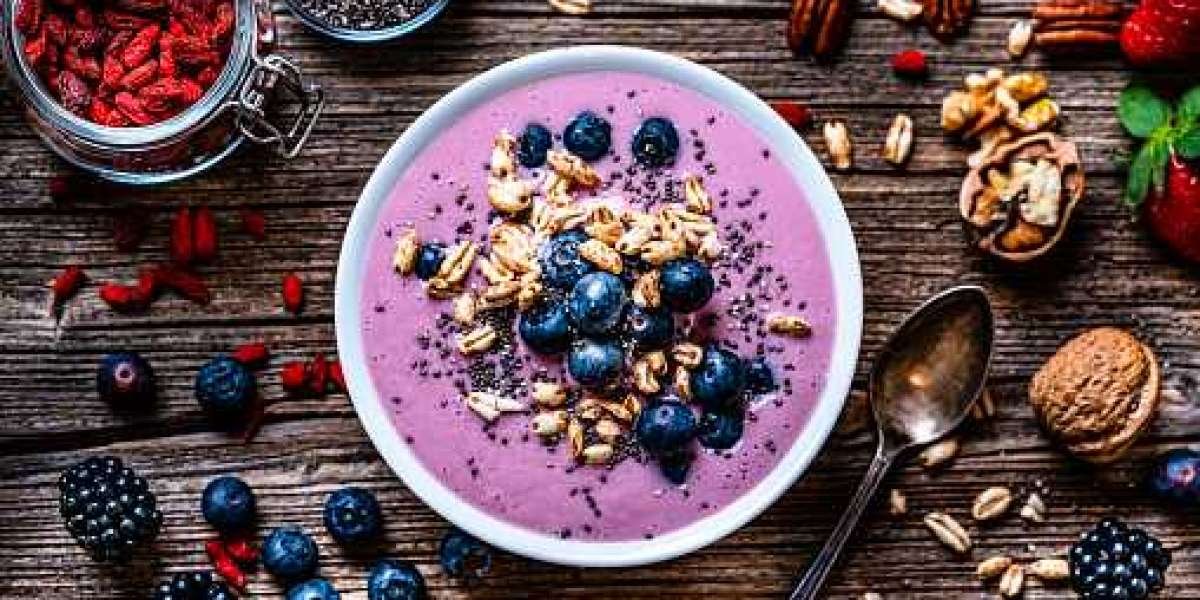Low-Fat Yogurt Market Outlook
Low-Fat Yogurt Market to grow at 10.5% CAGR during 2019 to 2027the forecast period owing to the increasing consumption of the product globally. Low-fat yogurt is generally manufactured with natural and artificial flavors, thickeners, and stabilizers. The newer techniques of manufacturing low-fat yogurt are enhancing its shelf life, taste, and smell. Also, it improves the nutritious content of the low-fat yogurt including minerals, vitamins, and carbohydrates.
Increasing people with health conditions such as hypertension, obesity, and blood cholesterol coupled with increasing consumption of dairy products for their nutrient content is benefiting the growth of the global low-fat yogurt market. Additionally, increasing demand for low-fat dairy products and health consciousness among people are fueling the growth of the global low-fat yogurt market.
However, a lack of awareness about the usage of bacterial culture during the yogurt manufacturing and awareness about their potential hazard may hinder the low-fat yogurt market share during the estimated time frame. Nonetheless, inclination toward the consumption of a healthy diet is estimated to offer opportunities for growth of the low-fat yogurts market during the estimated time frame.
COVID Analysis
People's lives have been thrown into chaos because of the COVID-19 outbreak. It has different implications depending on the industry, including the Low-Fat Yogurt industry. The COVID-19 epidemic has flipped the economic growth switch in every sector. Countries across the world have been forced to institute a lockdown because of the pandemic.
Competitive Analysis:
Some of the major companies in the global low-fat yogurt market include Danone, Inc., General Mills, Inc., Jalna Dairy Foods Pty. Ltd., Nestle S.A., Byrne Dairy Inc., and Rainy Lanes Dairy Foods Ltd, and Jalna Dairy Foods Pty. Ltd.
Request Free Sample PDF Page Below Click Link: https://www.marketresearchfuture.com/sample_request/4888
Segmentation:
The low-fat yogurt market is segmented based on type, distribution channel, and region.
The low-fat yogurt market is segmented based on type, the market is segmented into fruit, plain, flavored, organic, and others. Among these, the fruit-based low-fat yogurt dominated the global market for low-fat yogurt followed by the organic segment. The fruits such as strawberry, mango, apple, cherry, blueberry, and banana are generally used for fruit-based and organic low-fat yogurt.
Based on distribution channels, the market is segmented into store-based and non-store-based distribution channels. Of these, the store-based channel is segmented into a convenience store, specialty retailers, supermarkets hypermarkets, and others. Of these, the store-based distribution channel dominated the flavored yogurt market for low-fat yogurt and is estimated to remain dominant during the forecast period. The specialty retailer’s segment is estimated to follow the store-based segment owing to ease of product availability. However, increasing Internet penetration is fueling the non-store-based distribution-channel segment and is estimated to witness the fastest growth during the forecast period.
Regional Analysis:
Regionally, the low-fat yogurt market is segmented into North America, Asia Pacific, Europe, and the rest of the world (Row). Of these, Europe dominated the global low-fat yogurt market followed by North America. The growth of these regions is attributable to the increasing consumption of yogurt in these countries and especially the low-fat yogurt is increasing owing to its health benefits. This consumption is likely to be the same in the coming future as the demand for low-calorie and low-fat food is increasing substantially in these regions. Further, the increasing consumer awareness coupled with demand for low-fat yogurt is increasing in the developed countries are driving the growth of the global low-fat yogurt market.
However, the Asia Pacific is estimated to be the fastest-growing region in the coming years owing to increasing awareness about health in the region. Additionally, the robust population of the region coupled with increasing disposable income in developing countries such as India and China is driving the growth of the global low-fat yogurt market.
Industry News:
In 2019, Chobani is trying to turn oats to strengthen its market dominance in the yogurt market by launching new and popular snacks with the oat flavor. The company has recently launched its newest product of oat-based low-fat yogurt this year.
Chile made headlines in 2018 for the first in Latin America by banning single-use plastic bags across supermarkets and large retailers. Thus, several companies are trying to sell and launch their products with recyclable plastic. Following this trend, in 2019, Nestlé Chile launched its Batido yogurt is easily recyclable and reusable plastic.
About Market Research Future:
At Market Research Future (MRFR), we enable our customers to unravel the complexity of various industries through our Cooked Research Report (CRR), Half-Cooked Research Reports (HCRR), and Raw Research Reports (3R), Continuous-Feed Research (CFR), and Market Research Consulting Services.
MRFR team has a supreme objective to provide the optimum quality market research and intelligence services to our clients. Our market research studies by products, services, technologies, applications, end-users, and market players for global, regional, and country-level market segments, enable our clients to see more, know more, and do more, which helps to answer all their most important questions.
To stay updated with the technology and work process of the industry, MRFR often plans conducts meetings with the industry experts and industrial visits for its research analyst members.
Contact
Market Research Future
Office No. 528, Amanora Chambers
Magarpatta Road, Hadapsar,
Pune - 411028
Maharashtra, India
+1 646 845 9312



